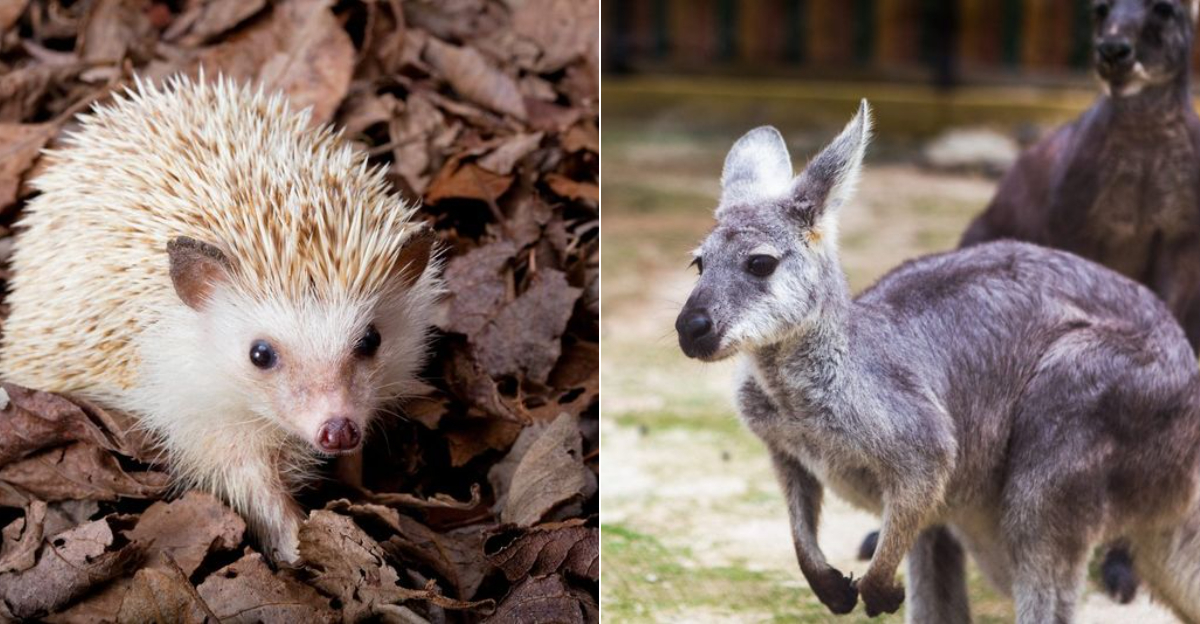The United States has some of the most flexible exotic pet laws in the world. While many countries ban unusual animals as pets, several states across America allow ownership of creatures that would be illegal elsewhere.
From wild cats to marsupials, these unique companions have found homes with American pet enthusiasts. Here are some extraordinary animals that only American pet owners can legally keep.
1. Savannah Cat
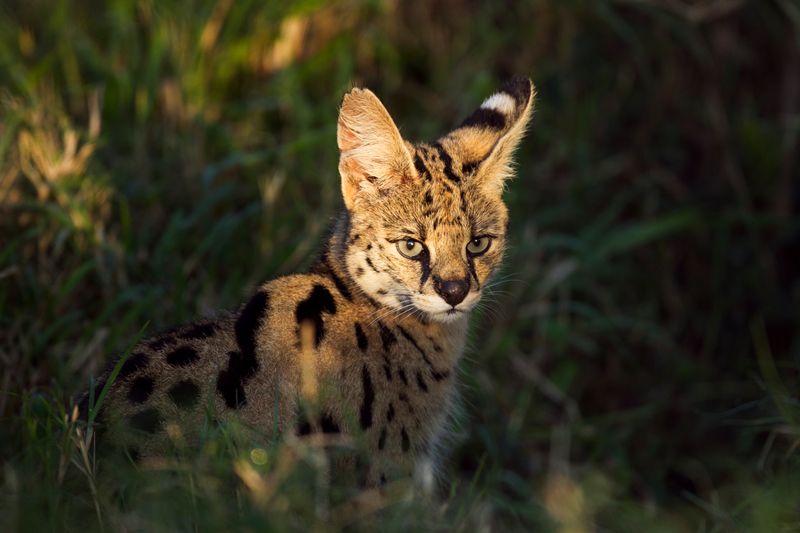
Prowling through American homes with wild elegance, Savannah cats blend domestic comfort with exotic flair. These stunning felines result from crossing servals with domestic cats, creating a spotted coat pattern reminiscent of their African ancestry.
Their tall, slender bodies and oversized ears make them impossible to confuse with ordinary house cats. Depending on how many generations removed they are from their serval ancestor, they’re classified as F1 through F5.
Most countries ban these hybrid cats due to concerns about their wild instincts, but several U.S. states welcome them. Owners adore their dog-like loyalty, playful water antics, and impressive jumping abilities reaching up to 8 feet high!
2. Fennec Fox
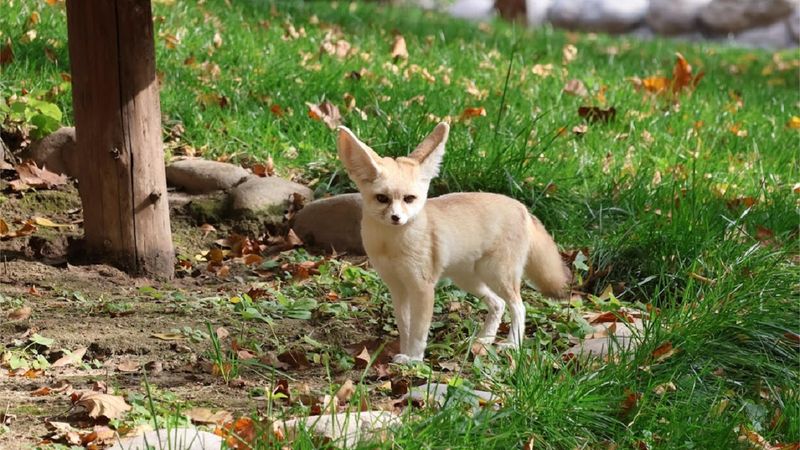
Fennec foxes use their distinctive 6-inch ears to dissipate heat and locate prey beneath desert sands. Native to North Africa’s Sahara, these pint-sized predators have adapted to American living rooms in states with permissive exotic pet laws.
Weighing just 2-3 pounds and standing 8 inches tall, they’re the world’s smallest canid species. Their nocturnal nature means they’re most active when you’re winding down for the evening.
Unlike their wild cousins, captive-bred fennecs can bond deeply with human caretakers. Their high energy and fox-like behaviors (digging, jumping, vocalizing) require owners with patience and specialized knowledge that few countries besides America permit.
3. Capybara
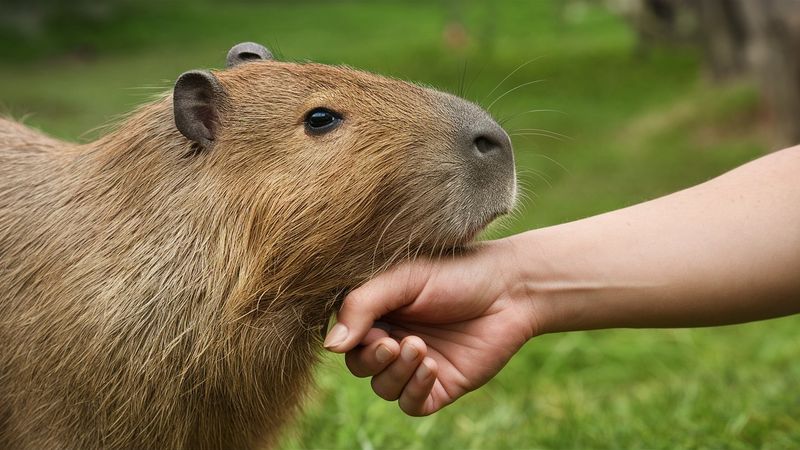
Imagine a guinea pig supersized to the dimensions of a medium dog, and you’ve got the capybara! These South American natives are the world’s largest rodents, tipping scales at up to 150 pounds. Their semi-aquatic lifestyle means they need pools or ponds to thrive.
Surprisingly social creatures, capybaras form strong bonds with their human families and other pets. They communicate through a variety of vocalizations including purrs, clicks, and barks.
While banned as pets in most countries due to their specialized needs, certain U.S. states allow these gentle giants in private homes. Their peaceful temperament has earned them internet fame as animals that seemingly get along with everyone.
4. Kinkajou
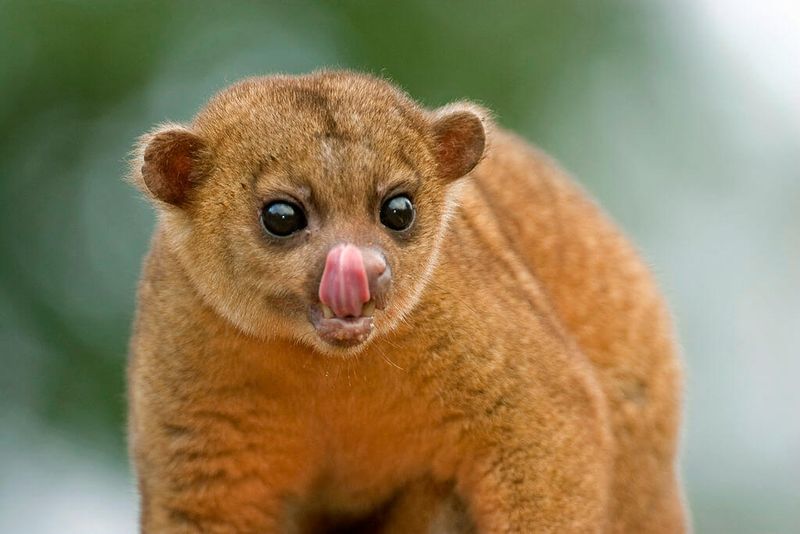
Honey bears, as kinkajous are affectionately called, swing through American homes with their prehensile tails while remaining forbidden pets elsewhere. These rainforest mammals from Central and South America aren’t bears at all but belong to the same family as raccoons.
Golden-furred and puppy-sized, kinkajous possess remarkably dexterous paws and a tongue that can extend 5 inches to lap up nectar and honey. Their naturally sweet tooth makes them fruit fiends in captivity!
Despite their adorable appearance, these nocturnal creatures require specialized care few can provide. Paris Hilton famously owned a kinkajou named Baby Luv that once bit her, a reminder that even in states where they’re legal, these exotic pets retain their wild instincts.
5. Axolotl
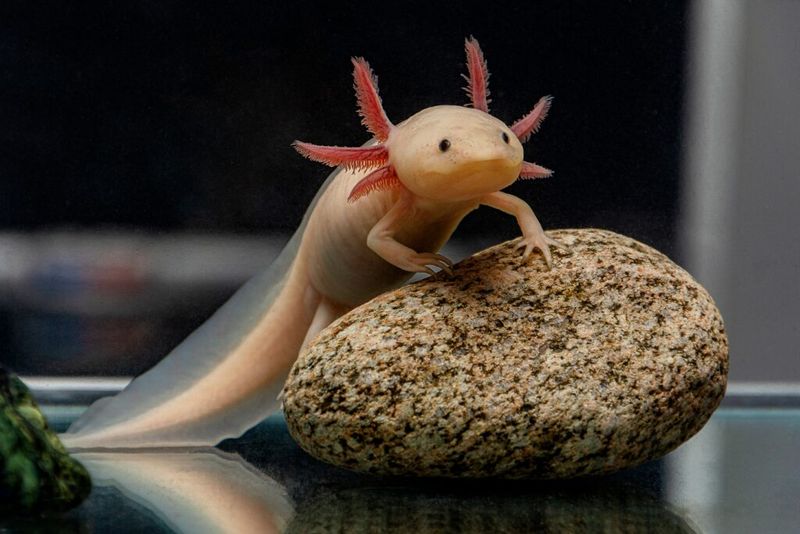
Forever young and perpetually smiling, axolotls bring prehistoric charm to American aquariums while being banned in their native Mexico and many other nations.
These aquatic salamanders never undergo metamorphosis, retaining their juvenile features including external gill branches that fan out like underwater feathers. Their remarkable regenerative abilities fascinate scientists and pet owners alike.
Axolotls can regrow entire limbs, parts of their heart, and even portions of their brain if damaged! Their endangered status in the wild makes their legality as pets in the U.S. particularly unique… they’re more common in American homes than in their natural Lake Xochimilco habitat.
6. Chinchilla
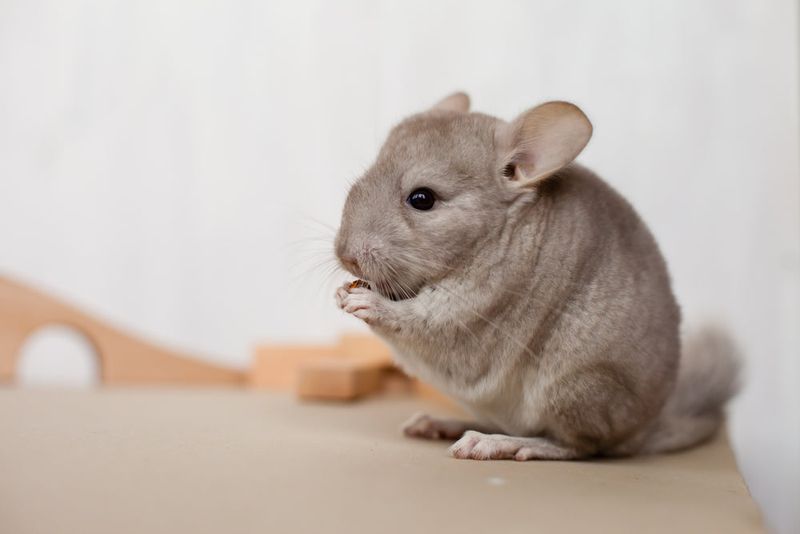
Boasting the densest fur of any land mammal (with up to 90 hairs growing from a single follicle), chinchillas have become beloved pets in American households while facing strict regulations abroad. Native to the Andes Mountains, these plush rodents evolved their incredibly soft coats to survive high-altitude cold.
Unable to sweat or get wet, chinchillas take dust baths to keep their luxurious fur clean and healthy. Their massive ears and whiskers help them navigate in the dark, as they’re primarily nocturnal creatures.
Though they look cuddly, most chinchillas prefer gentle interaction over handling. Their 15-20 year lifespan far exceeds most small pets, making them long-term companions. While common in U.S. pet stores, many countries restrict their ownership due to conservation concerns.
7. Wallaroo
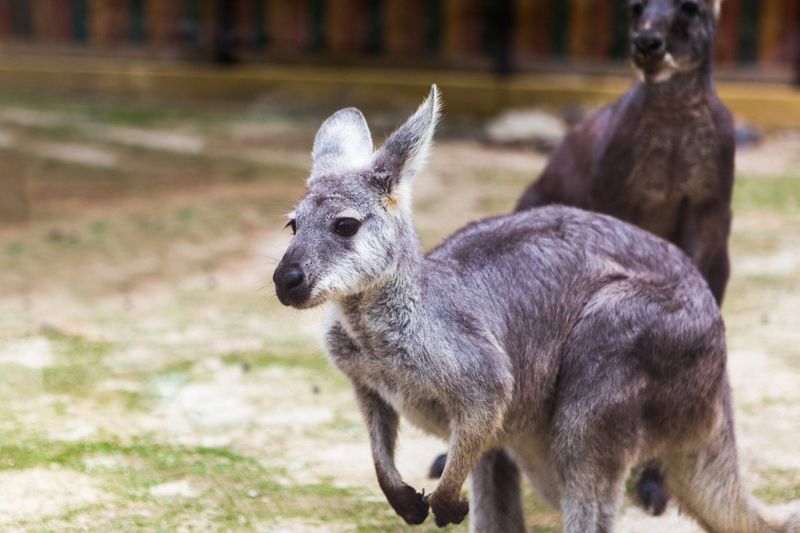
Bouncing between kangaroo and wallaby in both size and temperament, wallaroos bring a taste of the Australian outback to American backyards. These marsupials stand about 3-5 feet tall and possess powerful hind legs capable of propelling them at speeds up to 30 mph.
Unlike their larger kangaroo cousins, wallaroos tend to be solitary creatures, making them somewhat easier to manage as exotic pets. Their strong tails act as a fifth limb for balance and support.
Hand-raised joeys can form strong bonds with their human caretakers. Most countries strictly prohibit keeping macropods as pets, but several U.S. states permit wallaroo ownership with proper licensing.
8. Sugar Glider
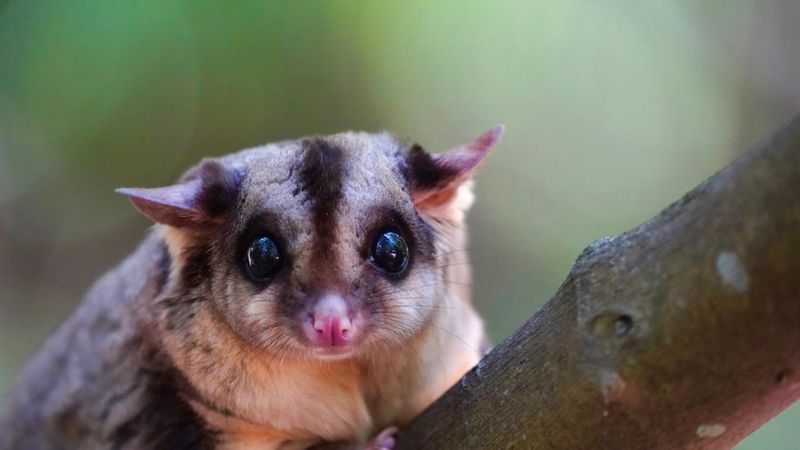
These pocket-sized marsupials possess a membrane called a patagium stretching from wrist to ankle, allowing them to glide distances up to 150 feet in the wild!
Originally from Australia and Indonesia, sugar gliders form intense bonds with their human families. They recognize their owners by scent and will often sleep in pockets or pouches mimicking their natural nesting habits.
Their name comes from their love of sweet foods and nectar, though in captivity they require a careful balance of proteins and fruits. While common in U.S. homes, many countries including their native Australia forbid keeping these social creatures as pets due to welfare concerns.
9. Hedgehog
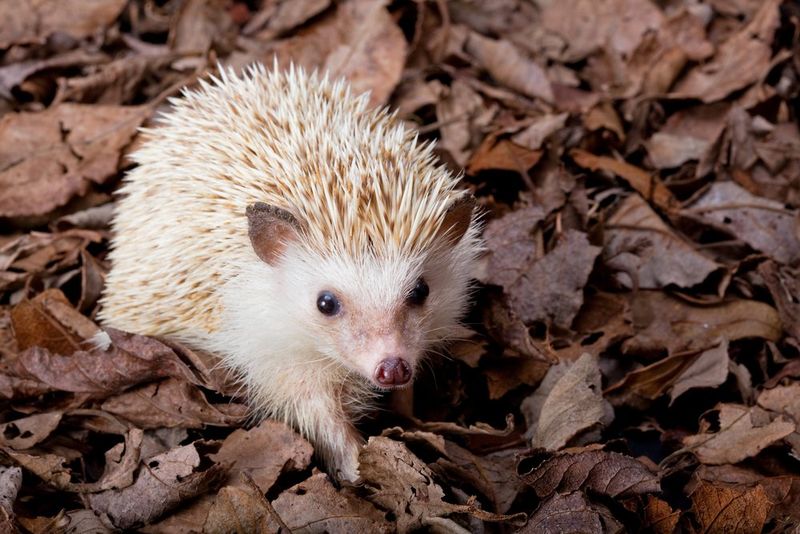
Bundled in 5,000-7,000 quills that aren’t nearly as sharp as porcupine spines, hedgehogs waddle through American homes with prehistoric charm. These insectivores date back 15 million years with remarkably little evolutionary change, making them living fossils in the pet trade.
When frightened, hedgehogs perform their signature defense: rolling into a tight ball with spines pointing outward. Their curious habit of self-anointing (spreading frothy saliva on their quills after encountering new scents) puzzles even experienced owners.
Despite their popularity in the U.S., hedgehogs remain illegal in several states and many countries worldwide. Their specialized diet, nocturnal lifestyle, and unique health needs make them challenging pets that require dedicated care beyond what most potential owners expect.
10. Monk Parakeet
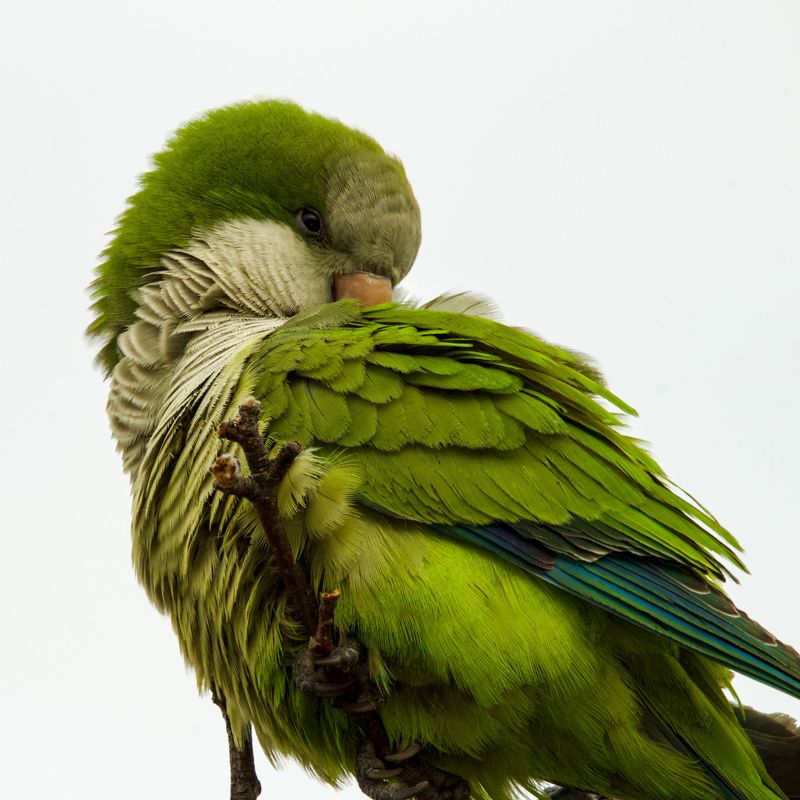
Chattering with surprising intelligence, monk parakeets bring vibrant green plumage and controversial status to American aviaries. These social birds, native to Argentina, construct massive communal nests in the wild that can weigh up to a ton and house multiple families!
Also known as Quaker parakeets, they’ve established feral colonies in several U.S. cities after escaping captivity. Their remarkable adaptability to cold climates distinguishes them from other tropical parrots.
While treasured as pets for their speaking abilities and playful personalities in America, monk parakeets face bans in many countries and even several U.S. states.
Their classification as agricultural pests stems from their destructive feeding habits and tendency to build nests on power lines, causing outages and fire hazards.
11. Red-Eared Slider Turtle
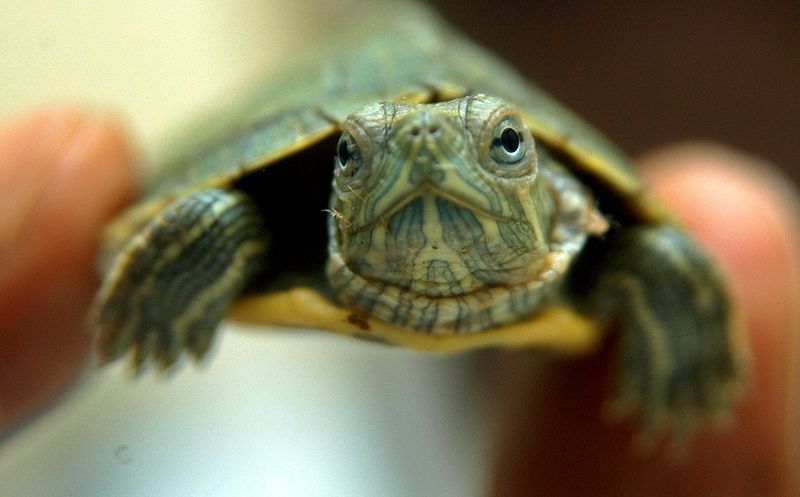
Sporting distinctive red stripes behind their eyes, red-eared sliders paddle through countless American aquariums while facing import restrictions abroad. These semi-aquatic reptiles were the ubiquitous “dime store turtles” of previous generations, sold as tiny hatchlings that eventually grow to dinner-plate size.
Native to the Mississippi River basin, they’ve become one of the world’s most invasive species due to pet releases. Their hardiness enables them to outcompete native turtle species across multiple continents.
Many countries including the European Union have banned their import specifically because of this ecological threat. Despite these concerns, they remain legal and popular pets throughout most of the United States, where owners appreciate their active swimming, basking behaviors, and surprisingly long lifespan of 20-30 years.
12. Spiny-Tailed Lizard
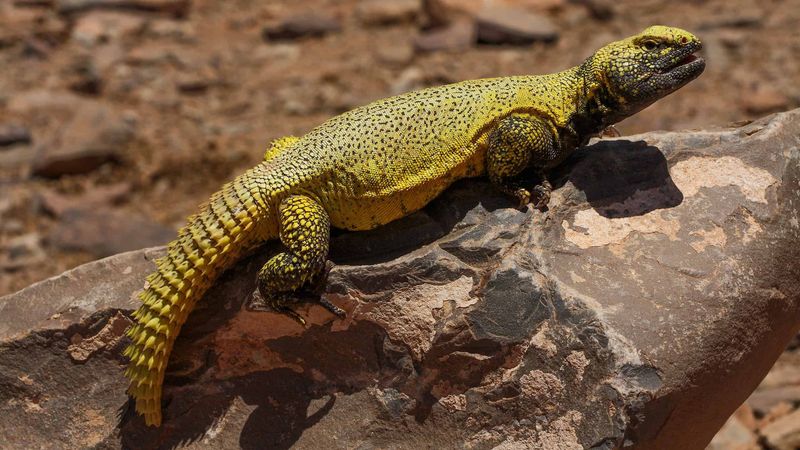
Armored like miniature dinosaurs, spiny-tailed lizards bring prehistoric charm to American reptile enclosures. Their distinctive tails feature sharp, protective scales arranged in rings, a defensive weapon they can swing at predators with surprising force.
Also known as uromastyx, these desert-dwelling reptiles hail from North Africa and the Middle East. Unlike most lizards, they’re primarily herbivorous, munching on seeds, flowers and leaves rather than insects.
Their ability to withstand extreme desert conditions makes them fascinating but demanding pets. They require intense basking temperatures up to 120°F!
While legal throughout most of the United States with proper permits, many countries restrict their ownership due to conservation concerns and their listing under CITES (Convention on International Trade in Endangered Species).
13. Jerboa
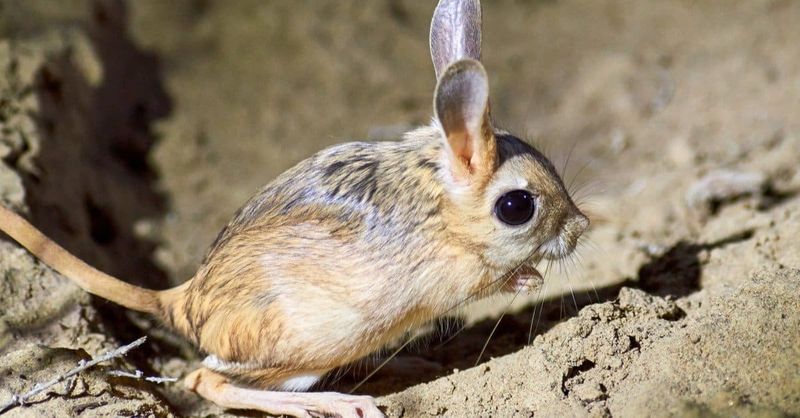
Hopping through American exotic pet collections on kangaroo-like legs, jerboas resemble living cartoon characters with their disproportionate features. These nocturnal rodents possess hind legs three times longer than their forelimbs, enabling them to leap over 10 feet in a single bound!
Native to deserts across Asia and North Africa, jerboas have evolved remarkable adaptations including the ability to survive without drinking water (getting moisture from food) and large ears that both dissipate heat and detect predators. Their long tufted tails act as rudders during their ricocheting movements.
Few countries besides the United States permit these specialized creatures in the pet trade. Their specific habitat requirements and nocturnal lifestyle make them challenging pets that rarely thrive outside professional facilities, despite their undeniable charm.
14. Giant Millipede
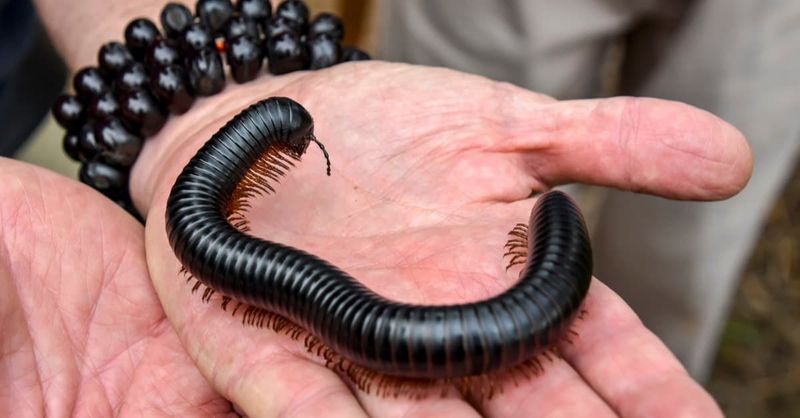
Rippling across terrariums with hundreds of synchronized legs, giant millipedes bring prehistoric charm to American exotic pet collections. These gentle giants can reach lengths of 15 inches and feature up to 400 legs.
Unlike their venomous centipede cousins, millipedes are peaceful detritivores that feed on decaying plant matter. Their primary defense involves curling into a tight spiral and secreting a mild irritant that smells faintly of cherry almonds.
Several species including African giants are commonly kept in the U.S. while being restricted elsewhere. Their surprisingly long lifespan of 7-10 years makes them commitment pets rather than novelties.
15. Flying Squirrel
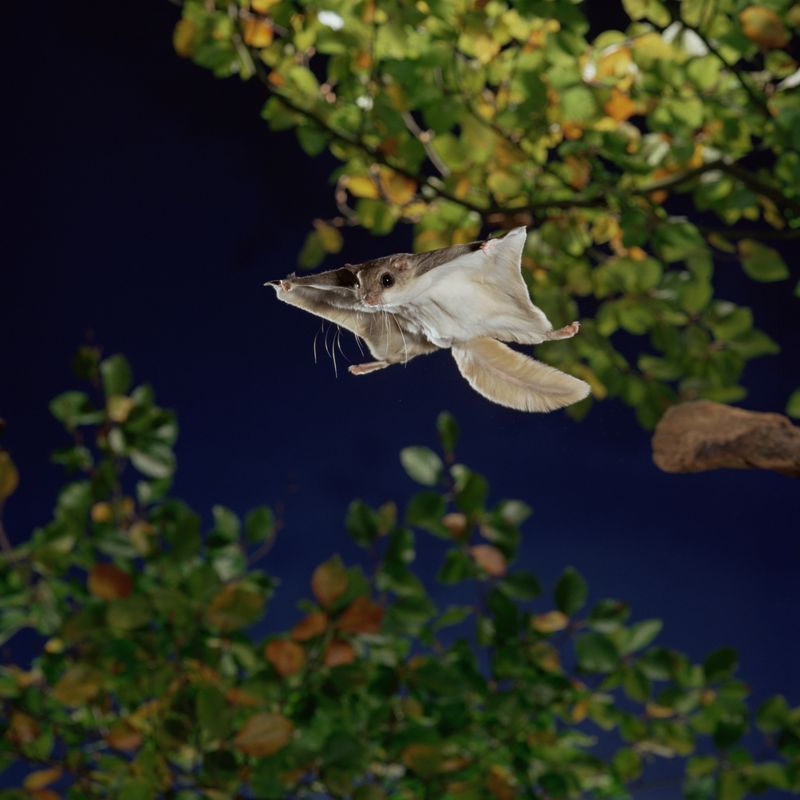
Gliding through American homes under cover of darkness, flying squirrels defy gravity with their remarkable parachute-like membrane. Despite their name, they don’t truly fly but rather stretch a furry flap of skin (patagium) between their limbs to sail from perch to perch.
These nocturnal acrobats possess enormous eyes adapted for night vision and can glide distances up to 150 feet in a single leap! Their flat, rudder-like tails provide steering control during these aerial maneuvers.
Southern and northern flying squirrels native to North America have become cherished exotic pets in the U.S. while facing restrictions internationally.
